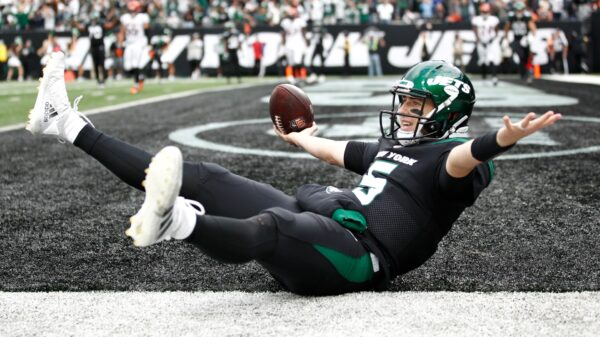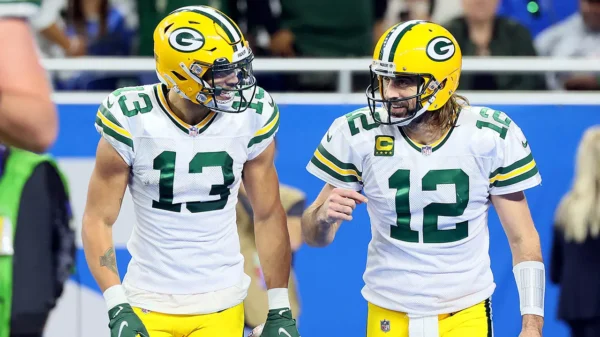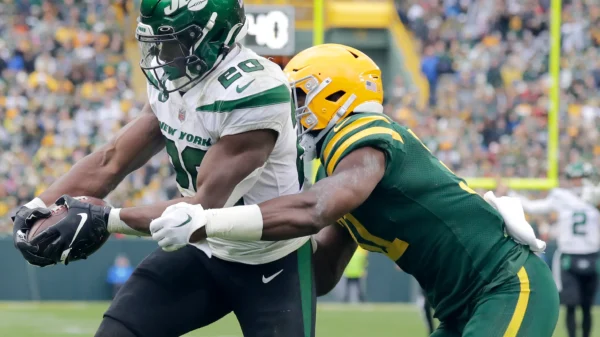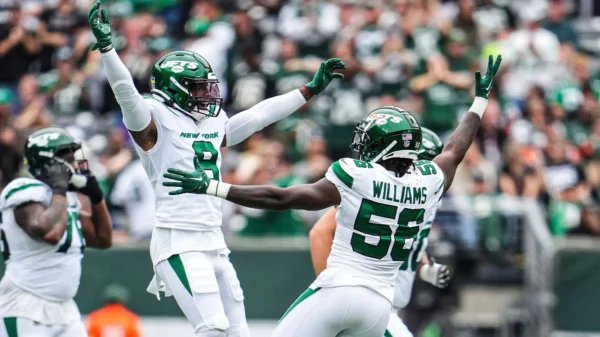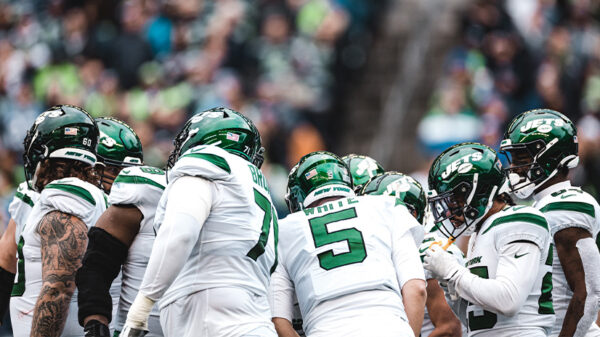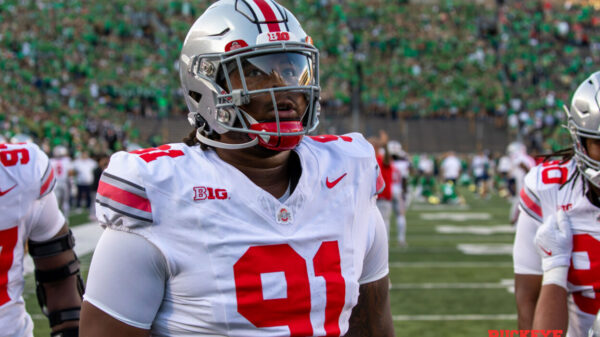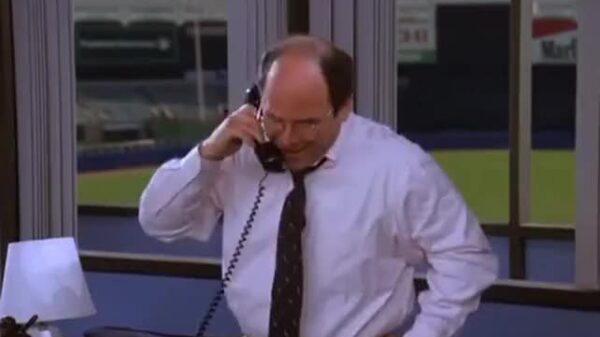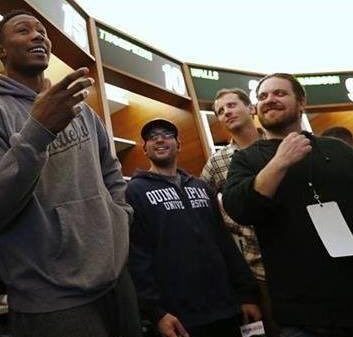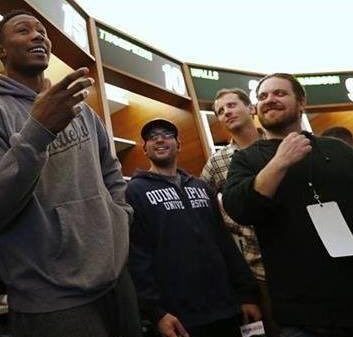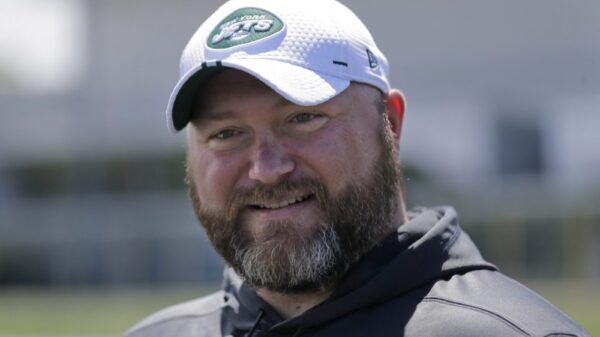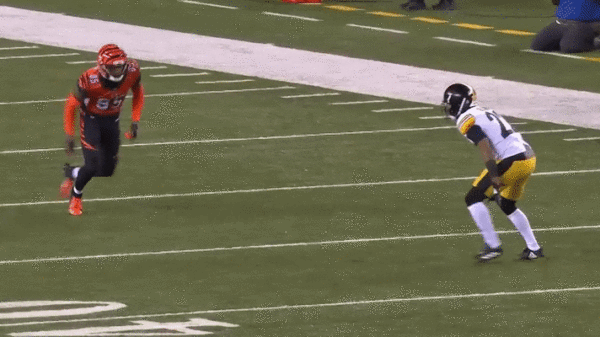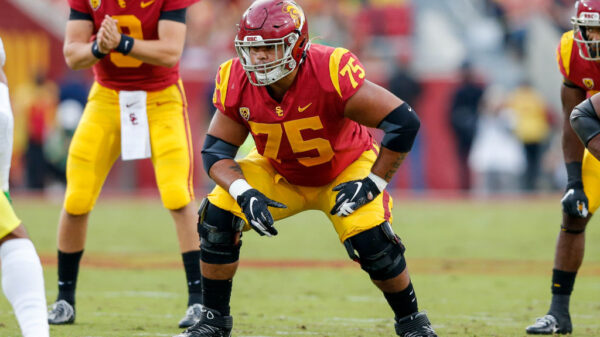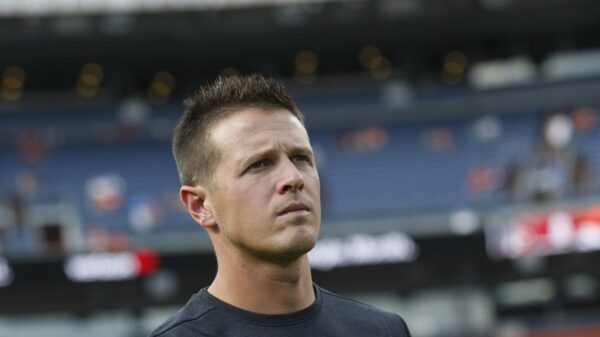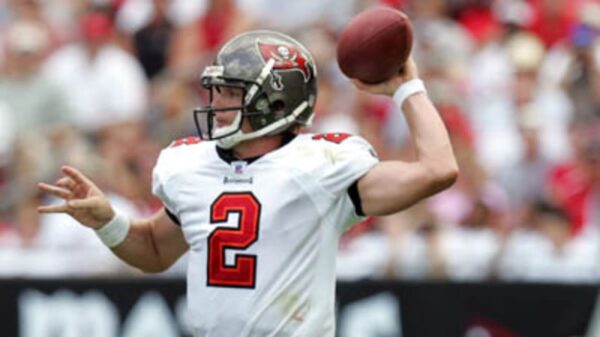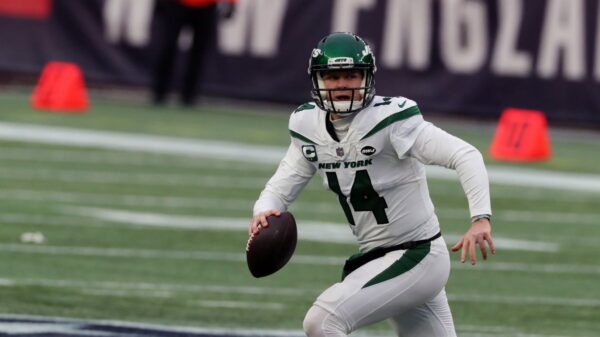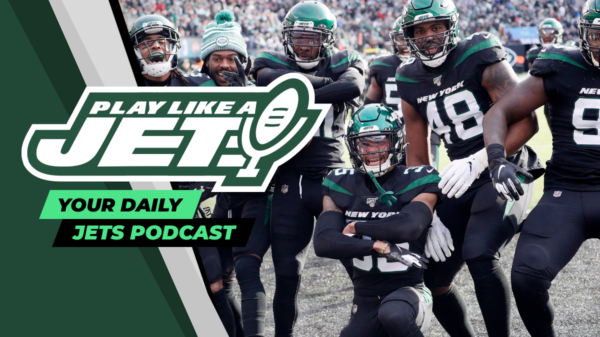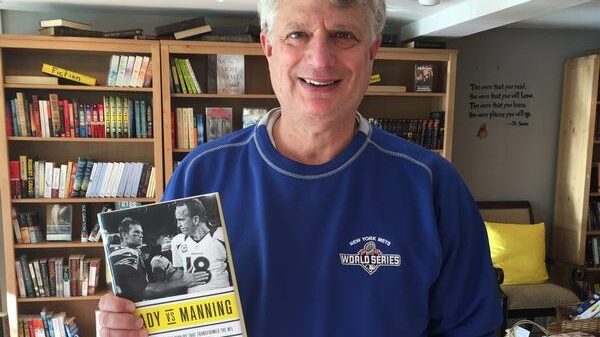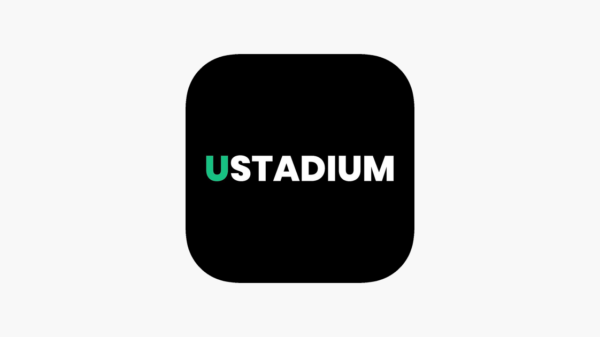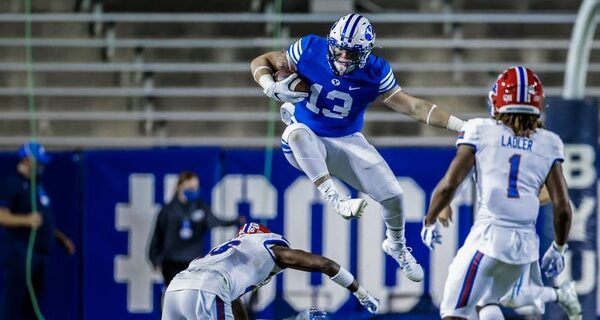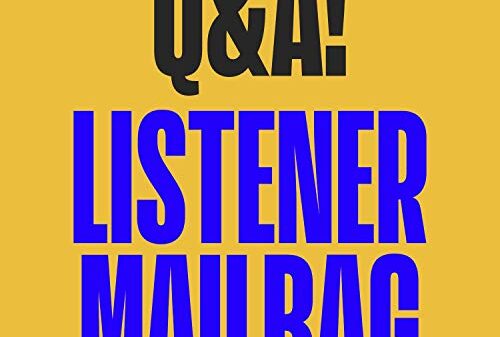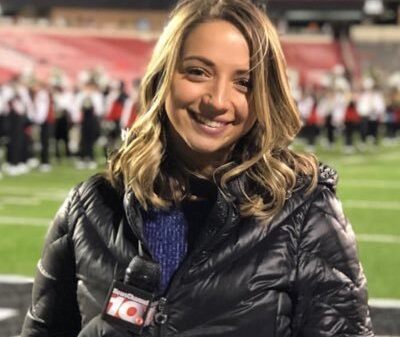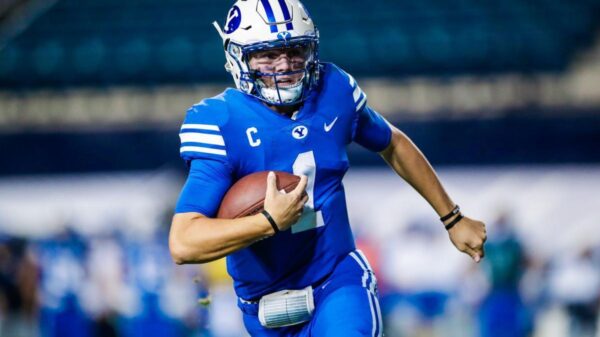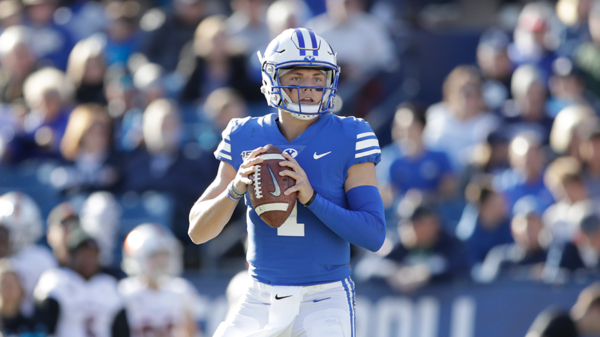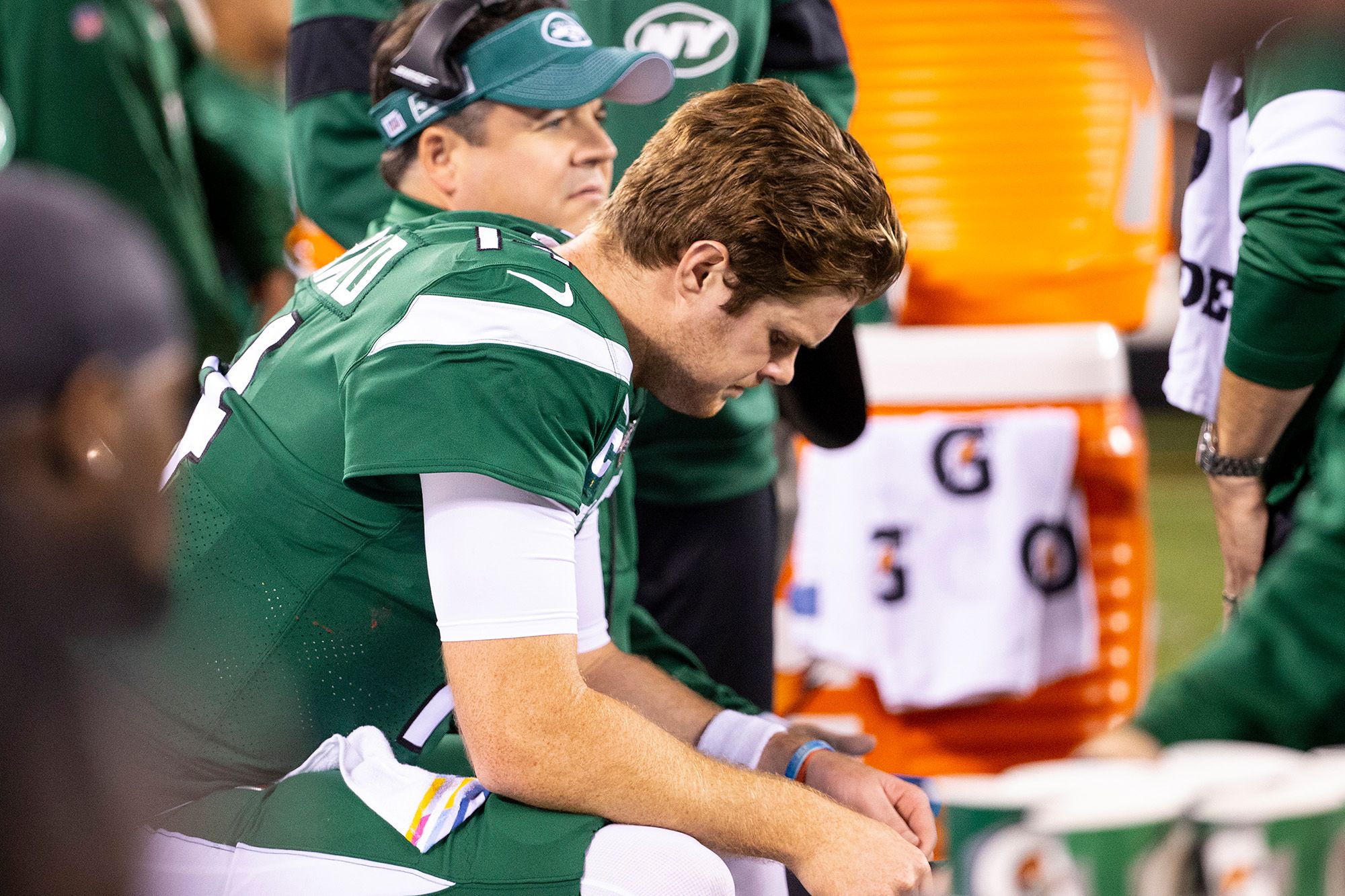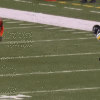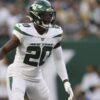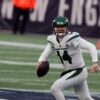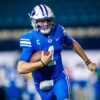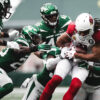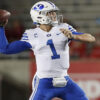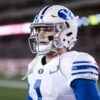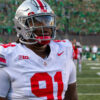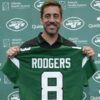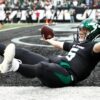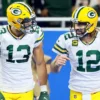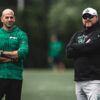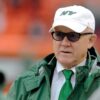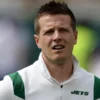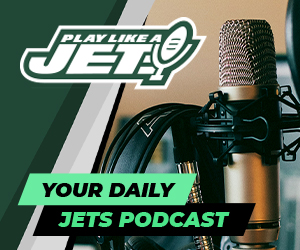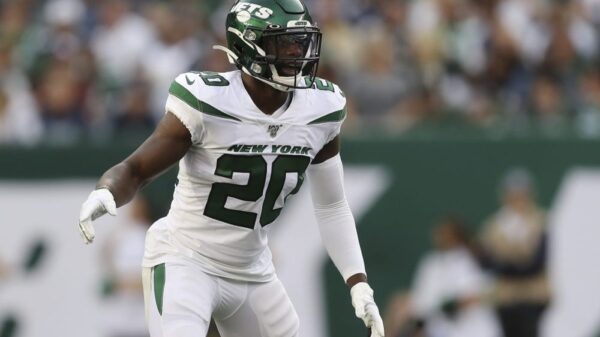Sam Darnold was supposed to be the best thing that happened to the New York Jets in decades. Ordained by the NFL draft media machine as the prize of the 2018 draft before the 2017 draft had even happened, winning the Darnold sweepstakes was meant to erase the fresh wounds of the Jets passing on DeShaun Watson and Patrick Mahomes.
Three years later, a career of a few bright moments has been overshadowed by a body of work that puts him amongst the league’s worst starters since he was drafted. With the Jets having ample cap space and sitting pretty with the second pick in the draft, Sam Darnold is at a crossroads going into his fourth season with a head coach and general manager that did not draft him.
Injuries and bizarre circumstances (Darnold practically lost half his sophomore season to mono) have played their part in Darnold’s failure to progress, but it’s hard to look past how the Jets bungled key supporting cast additions. Compared to how other teams in recent years have built around their first round quarterbacks, Darnold was barely given a chance.
The Rams brought in Sean McVay to make the best of Jared Goff’s rookie contract, signed Andrew Whitworth, traded for Brandin Cooks and drafted Cooper Kupp. The Cardinals hired a progressive offensive mind from the college ranks in Kliff Kingsbury to work with Kyler Murray and traded for DeAndre Hopkins. The Bears signed Allen Robinson. Buffalo traded for Stefon Diggs and signed Cole Beasley.
Meanwhile the Jets hired Adam Gase fresh after running Miami into the ground and Darnold actually saw his mediocre supporting cast get worse over his three years as starter.
The organizational dysfunction of letting a general manager run the spending spree going into Darnold’s second year and then firing him after the draft was one nail in the coffin. Joe Douglas took the job with the key Darnold building decisions already made for him – the coach hiring, where to allocate the better part of 80 million dollars in cap space, and a draft class that added just a mid-round tackle and blocking tight end as the main reinforcements on offense.
The varying timelines for the quarterback, head coach and general manager put Darnold’s best interests and Joe Douglas’ directly at odds. Prioritizing mid-level offensive line signings, trading the team’s best player, taking a one year punt on Brehshad Perriman and letting Robby Anderson walk aren’t exactly moves you make if the goal above all was to make sure Darnold had a successful 2020 campaign.
The affects of poor team building go beyond hurting Darnold’s stats and the amount of wins under his belt. The result is that Darnold is a damaged quarterback. His 2020 highlight package still show the kind of plays that made him a top three pick, but there is no running from the fact that Darnold was legitimately one of the league’s worst starting quarterbacks in 2020.
The football gods heard the “Josh Allen hasn’t passed for over 270 yards in a game” jokes last summer and made sure Darnold didn’t hit that total once all while Allen morphed into prime Cam Newton.
To have the worst season of his career in 2020 and look so far away from even the high points of his rookie season is alarming, regardless of surrounding situation. The best Jets quarterback performance of the year didn’t even belong to Darnold, it was Joe Flacco’s versus New England last November.
Committing to Darnold in 2021 is more than just hoping a new head coach, culture change and scheme is a better fit. The new staff has to put the pieces back together again and has just one year to do so before big money commitment comes into the picture.
Still, it comes as no surprise that Darnold has no shortage of fans. The Jets spent most of the season flirting with 0-16 infamy and in such a poor season the reasons for failure are far reaching.
The pro-Darnold argument goes something like this: Sam Darnold’s struggles can be explained away by a poor supporting cast and coaching effort. Even in his career worst 2020 season there are individual plays that only a handful of other quarterbacks in the league can make.
At just 23 years old, he is the same age now as what Baker Mayfield was on draft day. He is still not the finished product, so trust the draft evaluation that considered him a can’t miss prospect. Darnold has favorable traits for Mike LaFleur’s offense and the scheme has a reputation for being quarterback friendly.
By forgoing a quarterback with the second pick, the Jets can move back and accumulate even more draft capital for Joe Douglas’ rebuilding project. Why trade multiple first rounders for DeShaun Watson or roll the dice in the draft again when there is untapped potential already on the roster?
The pro-Darnold arguments have some fair points but they mostly miss the point of the calculus the Jets front office needs to consider at the quarterback position this offseason. Whether to move on from Darnold is not a simple black-and-white question of whether he’s finished. It’s a question of managing odds and opportunity cost. It’s undeniable he’s better than he showed last year.
With good offensive coaching and better players around him, 2021 will probably be the best season of his career whether it’s in New York or somewhere else. But history tells us quarterbacks who have struggled as much as Darnold has in his first three years do not end up amongst the league’s best.
The Jets need to weigh how likely it is Darnold becomes a top ten quarterback versus the likelihood any of the draft’s quarterback crop does the same. Or in the case of trading for an established star, at what point does giving up X amount of draft picks become too many in any blockbuster DeShaun Watson or Russell Wilson trade.
Going back to the Jets being on different coach-GM-QB timelines, the Jets now have the ability to correct this and it’s why more than anything the Jets keeping Darnold can be dismissed out of hand. Joe Douglas handpicked Robert Saleh and they are now “married” in this Jets rebuilding project. Darnold meanwhile is a quarterback in no man’s land entering year four and a potential payday on the horizon.
If the Jets select a quarterback at two in the draft it sets the rookie quarterback contract clock back to the start, buys years of development and the new regime have “their” guy. Choosing to commit to Darnold is a decision that would be expected to bring immediate results and will always be measured against the quarterbacks the Jets decided not to take in the 2020 draft.
For the Jets to actually hold onto Sam Darnold, Douglas and Saleh’s staff would have to view Darnold as a certain star they are willing to bet their rebuild’s success on. Most likely, the Jets “like” Sam Darnold and in a situation where it was harder to get a blue chip prospect would consider keeping him, but the opportunities this offseason rule it out.
Simply the most likely route for the Jets to land a top ten quarterback is through the draft or trade. Keeping Darnold wouldn’t blow up spectacularly, but it is likely to be incredibly frustrating.
If the Jets keep Darnold, they are probably getting the best season of his career and yet still wouldn’t exactly know what they have. At which point the Jets would become one of the teams that ostensibly will be looking to trade for Darnold this year: without a top three pick to upgrade the position through the draft, the best course of action is to commit again to Darnold with a heftier contract and hope his talent and “potential” wins out over what history tells us.
Committing to Darnold isn’t revitalizing the Jets tank, but it’s a multiple season visit to purgatory. What is best for the team’s long term interests and what will buy the new head coach and general manager the strongest job security align – we’ve seen Sam Darnold’s last game as a Jet.

